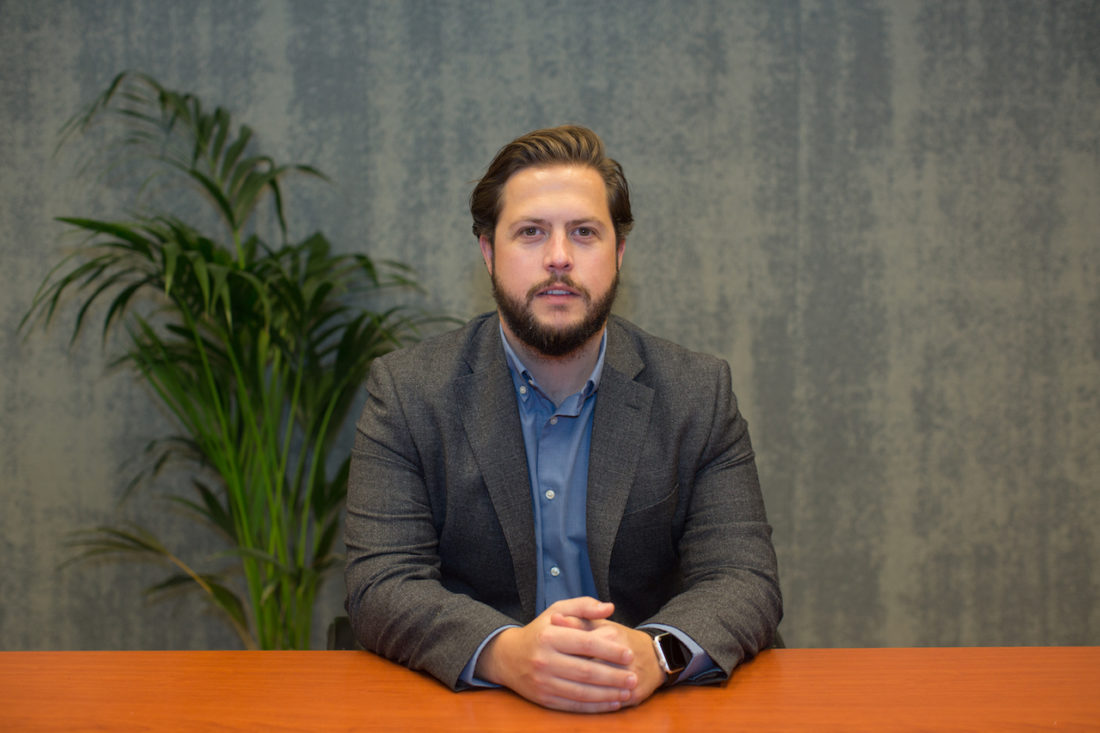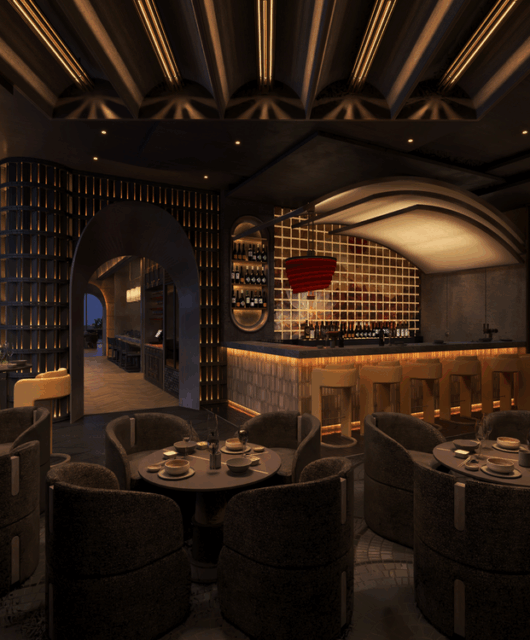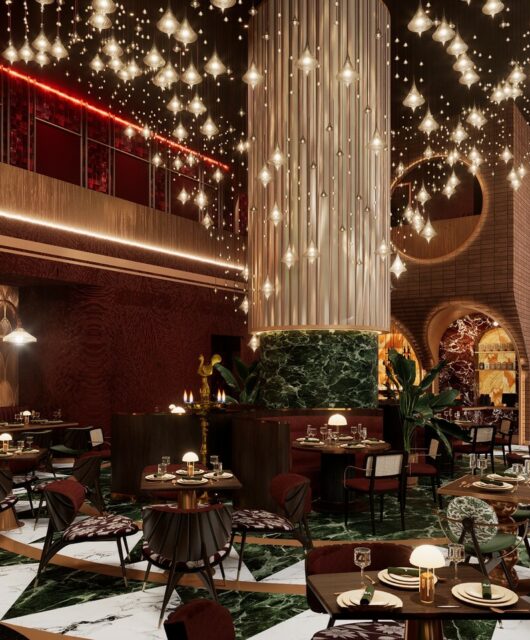 Why do we need WELL Building Standard, let’s find out!
Why do we need WELL Building Standard, let’s find out!
Cundall is pushing the boundaries of design ethically and sustainably. The new Dubai office of Cundall is one of the emirates’ WELL-registered projects, marking a symbol of commitment to health and well-being in design. In conversation with Jon Lee, head of acoustics and Lee French, operations director from Cundall on the significance of WELL Building Standard and how it leads to a healthy and collaborative environment
Jon Lee, head of acoustics, Cundall, explains the benefits of WELL Building Standard

It’s very important for our business to look after our staff. The WELL Building Standard enables us to do that by following the strict guidelines and sustainable criteria for the fit-out. Things like air quality, water quality, healthy snacks options, good acoustics, and various other features help us to promote the health and well-being of our staff. It’s very important to educate the people about this concept so that they understand the benefits and accept it.
What is the design concept of this office?
The design revolves around the recyclable materials. We have used materials like recyclable cardboards, plastics, and cork. You would see these materials across the premises used in various different ways to create architectural features in the space. We have given an industrial design to this place and it looks amazing. Another important aspect we have worked upon is good acoustics. It is very important for the prosperity of employees as it leads to low reverberation times, low noise levels, low ambient noise levels, and good sound insulation between spaces.

Cundall is well-versed with the WELL Building Standard for fit-out and new builds. The concept is quite new in the region as there are only a hand few of offices which are WELL-registered. Everyone is going through a learning experience in the MENA region. We have also learnt our lessons from the project we’ve done in the region and one of these lessons is the availability of the suitable materials. Things like furniture, paints, ceiling, and even carpets are not easily available—so it takes a long time to source these products. There’s an additional cost uplift involved as well, what we have noticed is that for example, in Europe the cost uplift would be 10% of the overall fit-out cost as compared to 15-20% in the MENA region because products have to be sourced from elsewhere.
Could you elaborate on the benefits of WELL Building Standard?
There are numerous benefits of WELL Building Standard like increased productivity, wellbeing, and happiness of employees. We have tested the benefits of WELL in our projects, our London office was our first office to achieve the WELL certification, although there was a cost uplift involved, we actually started to see the return on investment (ROI). It was one of the first WELL projects, so we were very interested in monetising the benefits of WELL. We noticed was that there was a significant improvement in staff turnover and absenteeism, and we realised that our ROI for cost uplift was just three months and it continues to deliver.
Lee French, operations director, Cundall, discusses WELL Building Standard from the business point of view
How is Cundall promoting the WELL Building Standard?
Cundall’s vision is to make positive changes with the kind of projects we are doing using WELL Building Standard. These standards really capture what we truly want to portray as Cundall and also as a big part of our changing world going forward. This Dubai office allows us to demonstrate our commitment towards our staff, the projects we are working on, and the kind of work we want to do in the future. The office has been designed to showcase the health and well-being agenda across the MENA region. The commercial aspects of WELL are all positive, but we want people to think beyond this and get inspired to implement healthy spaces.
How WELL Building Standard impacts the productivity of employees?
It’s all about the happiness and well-being of the employees. From seating arrangement, pantry, comfortable spaces to the views. When an individual is content with all this, he/she likes to spend more quality time in the office, hence this results in increasing the productivity. When you walk into an office, one should enjoy the place, as we spend our maximum time in the office.
meWith so many amazing benefits of WELL, why don’t we see the concept picking up in the region?
It’s a relatively new concept in the region but it’s definitely starting to creep in. Lack of awareness about WELL is another challenge. People have a different perception, they want to see the results immediately, but such things don’t happen overnight. In order, to calculate the ROI and understand the benefits of WELL, give it three months at least. There are things, which are not easily measurable, so WELL should be part of the bigger picture and at the core of the business.
Apart from educating the clients, what other obstacles are you facing in promoting WELL?
It has to be the sourcing of material, which follows the WELL criteria. Honestly, it’s a matter of demand and supply. As the awareness about WELL would increase in the region, there would be a rise in the demand for buildings which are WELL-registered. This would further push the demand for such materials and the manufacturers and suppliers would be keen to start their operations here








